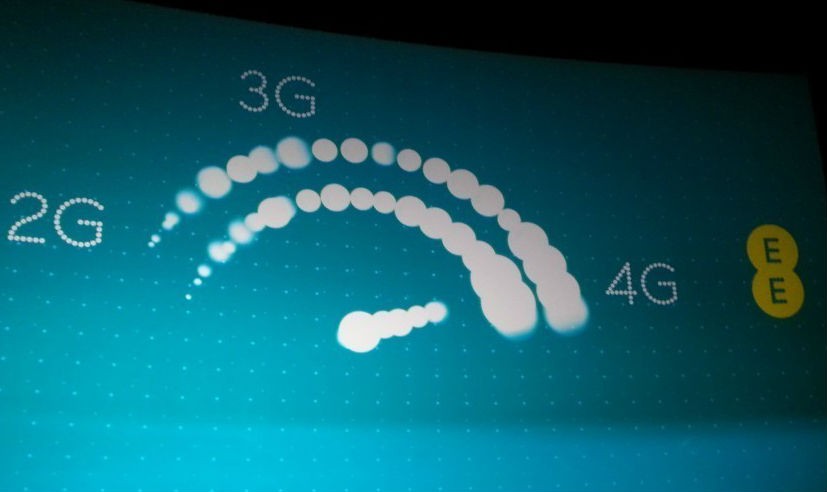Does 4G live up to the hype?
 4G is being rolled out across the country; however, many people are wondering if it is worth having. What does the user get for their money?
4G is being rolled out across the country; however, many people are wondering if it is worth having. What does the user get for their money?
4G is a step up from 3G and offers faster speeds; therefore, it is designed to appeal to those who are purchasing the latest smartphones. The user is able to download and upload much more quickly; it is estimated that standard 4G can be up to eight times faster than 3G. An HD film of 2GB could be downloaded in just over three minutes, compared to a time of 25 minutes with 3G.
4G also features voice over LTE (VoLTE), although customers in the UK do not yet have access to this. VoLTE is similar to VoIP, such as Skype, and will enable crystal clear voice calls to be made. There are plans for EE to trial this service at some point during 2014.
It has been reported that many people are not yet interested in using the 4G technology, as they are concerned that 3G signals have not been good to date and question whether 4G will be any better.
Ofcom has told the BBC that the 3G auction only required providers to offer coverage to 8% of the UK’s population, which left large numbers of people unable to access the services. With 4G, however, 98% of the population is to have access to the service and Ofcom is confident that the UK will see great changes in services over the next few years.
Estimates suggest that the UK is doing very well with regard to 4G speeds compared to other countries. A report from OpenSignal suggests that operators in some other parts of the world have seen reductions in 4G speeds over the last 12 months; however, the UK places ninth on the list of 4G download speeds, ahead of countries such as the US and Japan.
There has also been a great deal of competition in the UK among providers, who are all aiming to have the best coverage and roll out the services quickly. EE began the roll-out, followed by a number of other providers, and each month there are announcements about the new towns added to the list of 4G-enabled locations. EE has 200 towns and cities on its list of 4G-enabled areas and is now covering 70% of the population. The company also has plans to offer the service to rural areas and small towns, thereby covering a further 25% of the population.
EE is being quickly followed by Three and O2, both of which are rapidly rolling out 4G services. Vodafone is hoping to offer 4G to 98% of the population by 2015. EE is working hard to promote 4G services and has already launched an affordable 4G-enabled smartphone. It has also announced that it is considering 5G as its next step.
The evidence suggests that providers are working hard to avoid the failures of 3G when it comes to 4G services.
